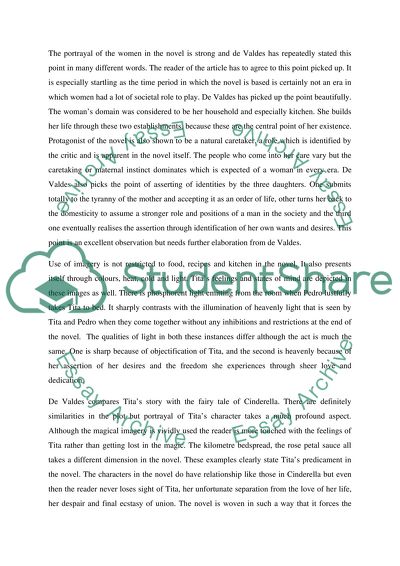Cite this document
(“De Valdes, Maria Elena. Verbal and Visual Representation of women: Research Paper”, n.d.)
Retrieved from https://studentshare.org/literature/1435291-de-valdes-maria-elena-verbal-and-visual-representation-of-women-como-agua-para-chocolatelike-water-for-chocolate
Retrieved from https://studentshare.org/literature/1435291-de-valdes-maria-elena-verbal-and-visual-representation-of-women-como-agua-para-chocolatelike-water-for-chocolate
(De Valdes, Maria Elena. Verbal and Visual Representation of Women: Research Paper)
https://studentshare.org/literature/1435291-de-valdes-maria-elena-verbal-and-visual-representation-of-women-como-agua-para-chocolatelike-water-for-chocolate.
https://studentshare.org/literature/1435291-de-valdes-maria-elena-verbal-and-visual-representation-of-women-como-agua-para-chocolatelike-water-for-chocolate.
“De Valdes, Maria Elena. Verbal and Visual Representation of Women: Research Paper”, n.d. https://studentshare.org/literature/1435291-de-valdes-maria-elena-verbal-and-visual-representation-of-women-como-agua-para-chocolatelike-water-for-chocolate.


